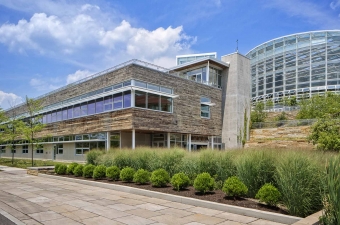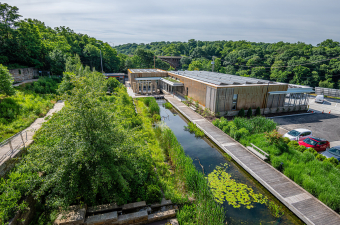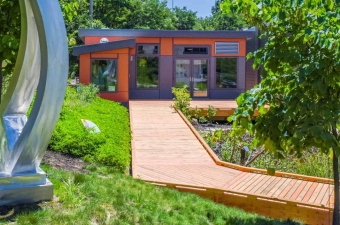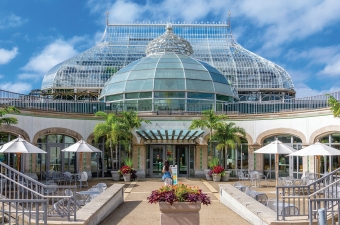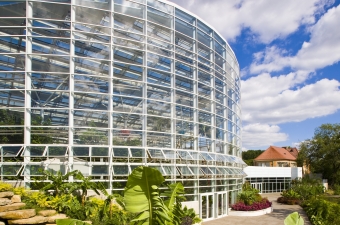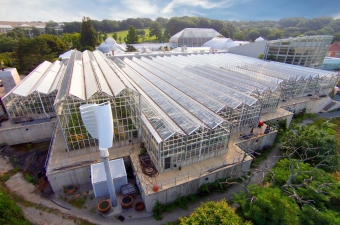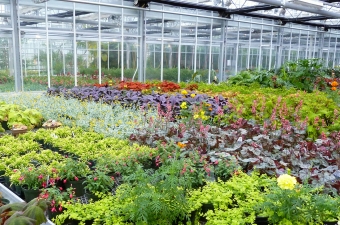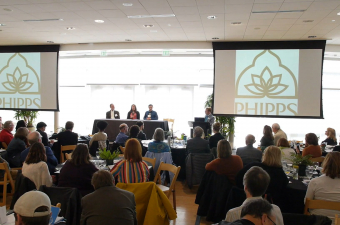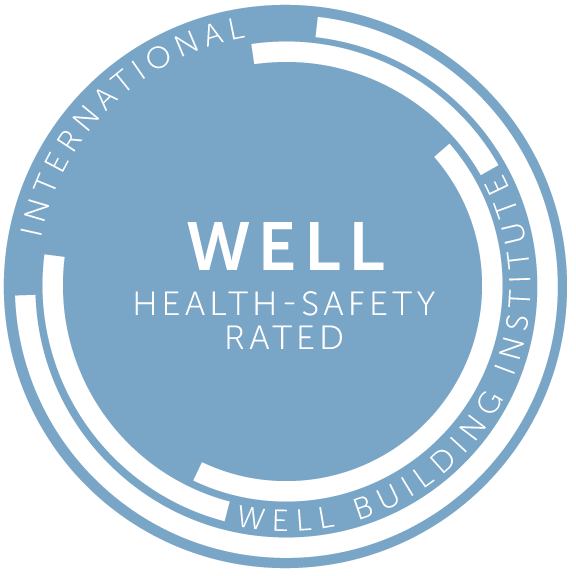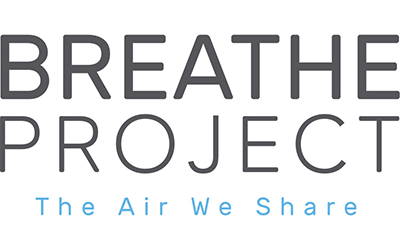At Phipps
Built in 1893 at the height of Pittsburgh’s industrial revolution, Phipps Conservatory — a gift to the city from philanthropist Henry W. Phipps — was brought into existence as a sanctuary, a verdant space where smog-weary citizens could find respite from the notorious steel mills and smoke stacks that relentlessly polluted our metropolis. Today, as one of America’s greenest public gardens in one of the nation’s most livable cities, Phipps Conservatory and Botanical Gardens not only carries on this legacy, but continues to evolve far beyond our own founding mission by reimagining and reinventing our campus, and establishing ourselves as an international leader in sustainable architecture and operations.
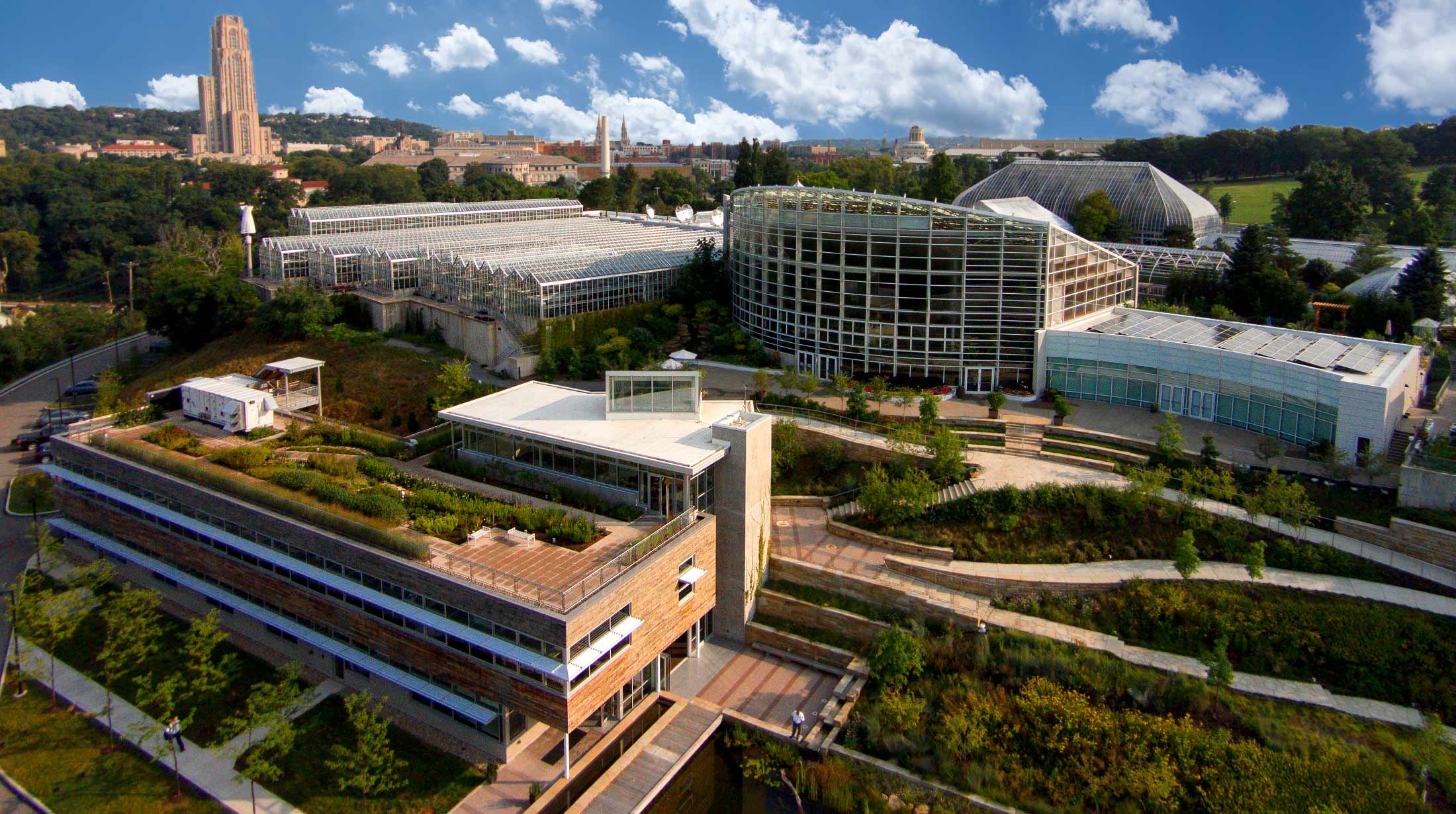
As part of this evolution and a three-part master plan for expansion that began in the 1990s, we have since built the first LEED® visitor center in a public garden; a tropical forest conservatory celebrated as the most energy-efficient structure of its kind in the world at the time of opening; the first-ever LEED production greenhouse; and the Center for Sustainable Landscapes, a dynamic education, research and administrative facility that is the first building anywhere to achieve four of the globe’s highest green building certifications. With these additions, the heritage of our past merges seamlessly with modern sensibilities, making Phipps a true symbol of regeneration and renewal.
Phipps and Climate Change
Our sustainable buildings, operations, research, and educational programming are driven by our position on climate change. Read on to discover what we're doing.
Designed and constructed by Pittsburghers and Pennsylvanians in 2012 to meet the Living Building Challenge™, the CSL is a model of innovation for the world.
In 2019, Phipps transformed the City of Pittsburgh’s former public works building into a state-of-the-art space for health and well-being and a behind-the-scenes showcase for guests.
Developed as one of the nation’s first sustainable modular classrooms, the state-of-the-art Nature Lab at Phipps is non-toxic and Living Building Challenge™ Petal Certified.
Built in 2005 to house a new admissions area, café, gift shop and other amenities, the LEED® Silver Welcome Center is partially situated underground, contributing greatly to its overall energy efficiency.
Celebrated as the most energy-efficient structure of its kind when it opened in 2006, this 12,000-square-foot display greenhouse uses almost no electricity thanks to a palette of innovative design strategies.
In this energy-efficient work space, computer-controlled temperature, light levels and humidity allow the maintenance of 16 different climate-controlled environments for growth of a wide variety of plants.
At Phipps, we consider the environmental impact of all our practices so that everything we do, from the way we care for our plant collections to the education courses we offer, reflects our mission and inspired our guests.
Green evolution is a journey — one which has taken Phipps from its first LEED-certified structure to the pursuit of worldwide regenerative collaboration. Read on to see our major milestones along the way
Phipps has earned the WELL Health-Safety Rating for its Oakland campus through the International WELL Building Institute (IWBI). The WELL Health-Safety Rating is an evidence-based, third-party verified rating for all new and existing building and space types focusing on operational policies, maintenance protocols, stakeholder engagement and emergency plans to address a post-COVID-19 environment now and into the future. When you see the WELL Health-Safety seal, you can feel confident knowing the space you’re entering is putting your health first.
Photos © Lofty Views; Denmarsh Photography, Inc.; Paul g. Wiegman
